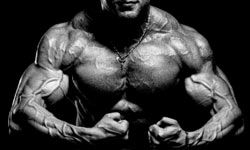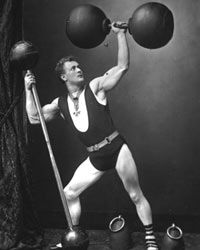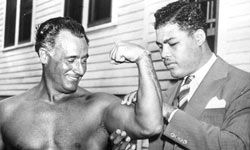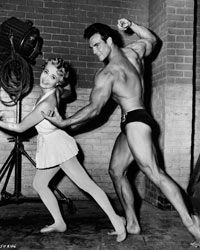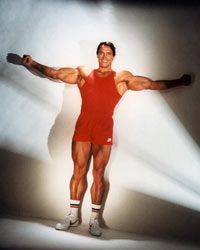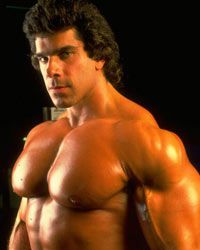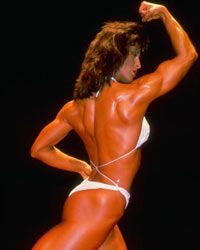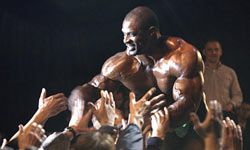How does a 97-pound weakling become the World's Most Perfectly Developed Man, as Charles Atlas did? Through the sport known as bodybuilding.
For most of us, lifting weights and exercising are things that we do to lose weight, gain strength and tone our bodies. Bodybuilders take it to a whole new level, following rigorous diets and exercise routines to create and maintain muscle hypertrophy, a state in which the muscle cells increase in size and create bulk.
Advertisement
A bodybuilder in competition is tanned and oiled, so you can see his or her muscle definition and striations (visible muscle fibers) all the better. Competitors flex different muscle groups in order to show them off in a series of poses. The pose pictured on this page is appropriately named crab most muscular.
There are two basic categories of bodybuilding: pro and natural. The main difference between the two is that natural bodybuilders are banned from using steroids, hormones and other supplements. The International Federation of BodyBuilders (IFBB), a pro bodybuilding organization, has been working to get bodybuilding sanctioned as an Olympic sport, but the increase in steroid use among bodybuilders has made this more difficult.
The sport still has a loyal following, however. In this article, we'll look at some of the greatest, most well-known bodybuilders to grace the stage -- starting with the man whose body fit the Grecian ideal.
